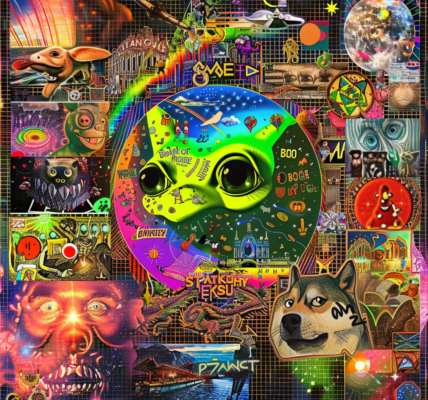Next-generation satellites are set to revolutionize our understanding of Earth’s changing environment. The National Oceanic and Atmospheric Administration (NOAA) is gearing up to launch the Geostationary Extended Observations (GeoXO) satellite system, which will play a crucial role in providing vital information on environmental issues spanning from land to sea and sky.
Thanks to advancements in satellite technology, such as the NOAA’s GOES-R series, scientists now have access to high-definition images of Earth at an unprecedented speed. These satellites work in tandem, utilizing specialized tools to collect data and observations that were previously unattainable from ground-based methods.
As our planet faces rapid climate changes primarily driven by human activities like fossil fuel combustion, it has become imperative to upgrade our technological capabilities. By doing so, we can gain a comprehensive understanding of global weather patterns, land dynamics, and oceanic processes.
Recently, the NOAA reported a concerning discovery – a second global coral bleaching event in the past decade affecting coral reefs across the Atlantic, Pacific, and Indian Ocean basins. Utilizing sea-surface temperature data obtained from a combination of NOAA and partner satellites, scientists confirmed the widespread bleaching event. However, further research is needed to fully comprehend the intricate ecology and anatomy of our oceans.
According to Ryan Vandermeulen from the NOAA’s National Marine Fish, coral reef systems are facing multiple stressors, including climate change-induced ocean warming and pollution. Various sources of pollution, such as wildfire runoff, agricultural runoff, harmful algal blooms, heavy rainfall, and landslides, can hinder coral growth, disrupt ecosystem functions, and lead to diseases and mortality among sensitive species.
As we continue to witness the effects of climate change on Earth’s ecosystems, the deployment of advanced satellite systems like GeoXO will be crucial in monitoring and understanding these changes. By leveraging cutting-edge technology, scientists aim to paint a clearer picture of our dynamic planet and take proactive steps towards preserving its natural balance.





